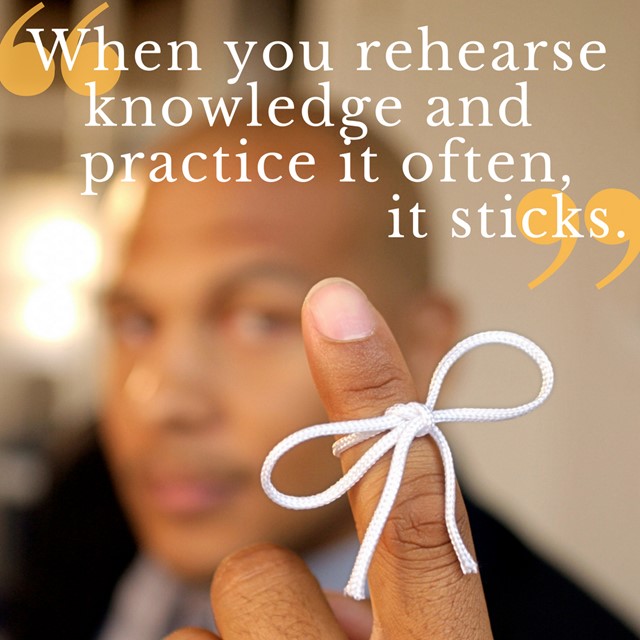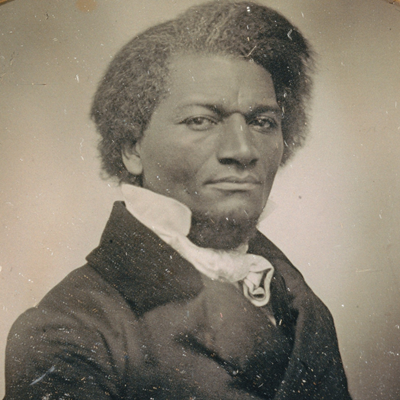
We’ve been traveling so much to provide on-site training, we can barely remember where we are these days. One plus, always, is using flights to catch up on our reading.
That’s how we came across this article on improving memory in The New York Times.
None of the tips were particularly surprising, but we did notice that they’re the same techniques we use to help speakers develop and rehearse presentations.
Of course, remembering what you want to say and how you want to deliver it are key to doing well:
Use repetition
According to the director of New York University’s Emotional Brain Institute, Joseph LeDoux, old-fashioned repetition is still the best way to remember things.
We are fans of repetition for other reasons, too. Suffering through many on-your-feet, all-out rehearsals not only helps you remember, it also helps you figure out the best way to deliver your message, from word choice to body language and gestures.
Focus on the task at hand
For better retention, memory specialist Nelson Cowan at the University of Missouri says putting away the smart phone and focusing on one thing is the most productive approach. Distractions keep the brain from doing its best work.
At The Buckley School, we’re always saying “Tell the office you can’t be reached.” Whether it’s in our seminars or working with a speaker one-on-one in private coaching, we know progress is greater when the speaker is immersed in what we’re working on—not pulled away by a dozen other things.
Give yourself time
“When you rehearse knowledge and practice it often, it sticks,” says The New York Times story. Cramming, not so much.
The same is true for developing a presentation. If you can give yourself the lead time, we recommend practicing an important speech daily—or even several times a day—leading up to the big moment. That daily practice over several weeks builds confidence and lets the words and delivery become second nature.
If you’d like to read the complete article, you’ll find it here.






